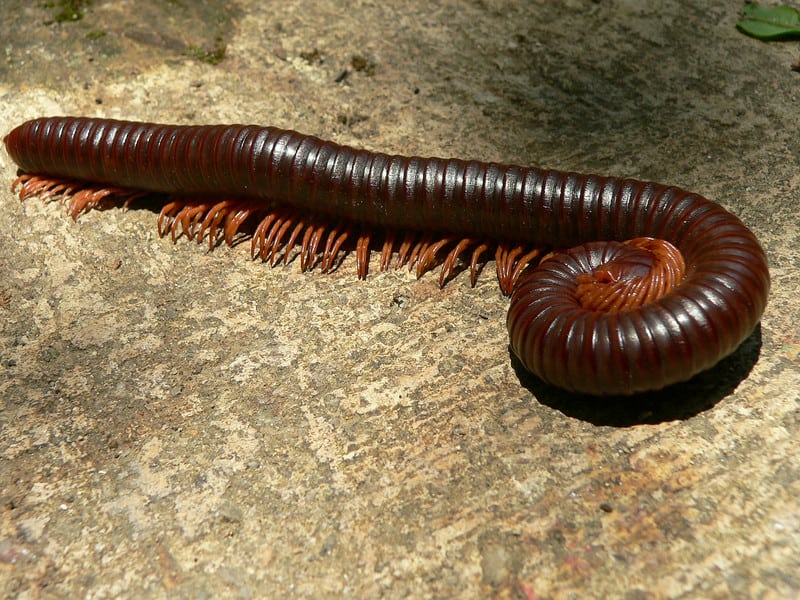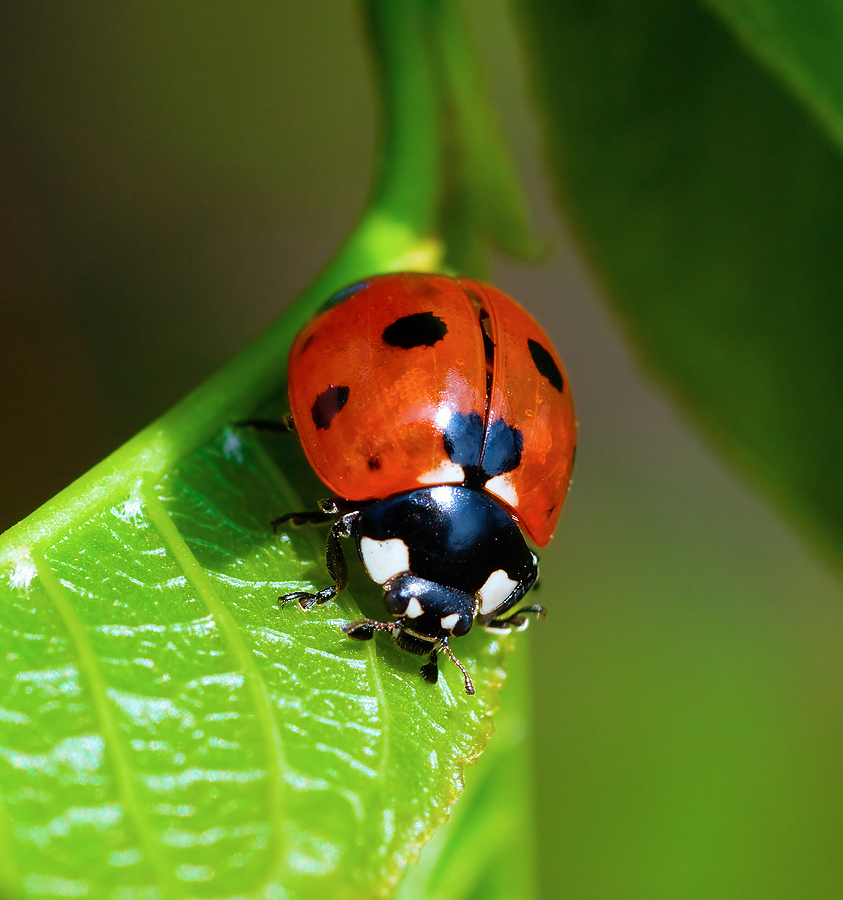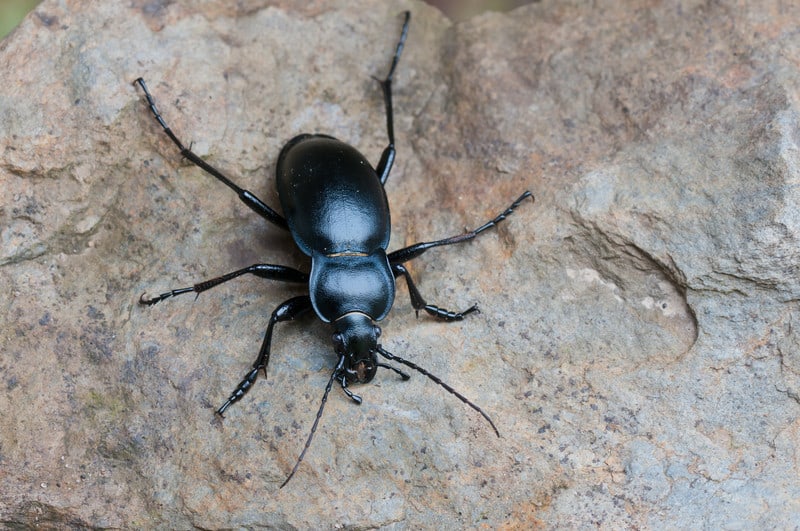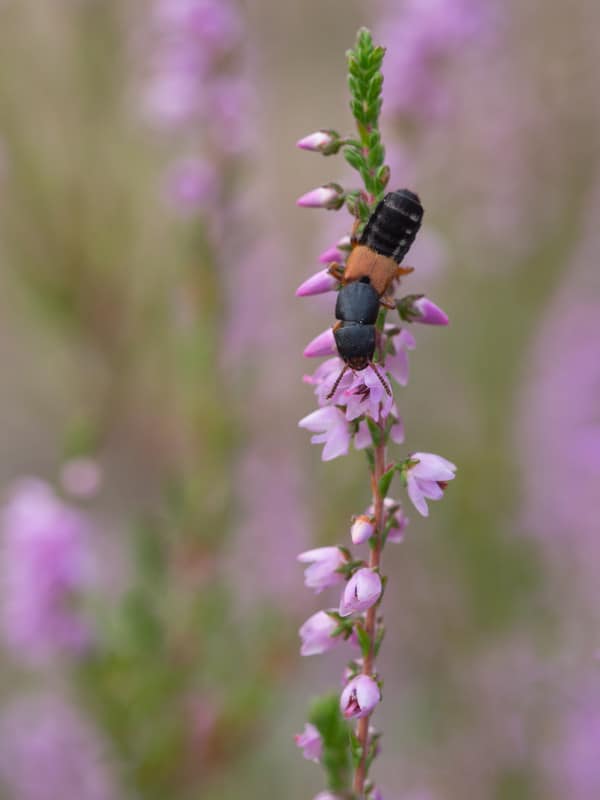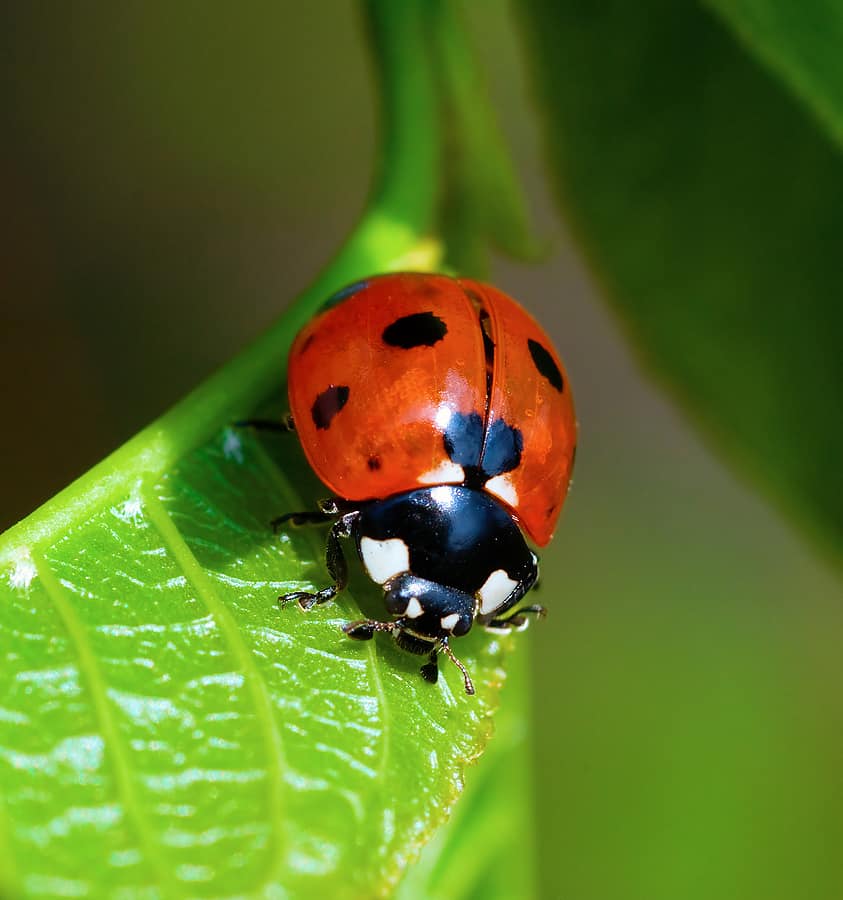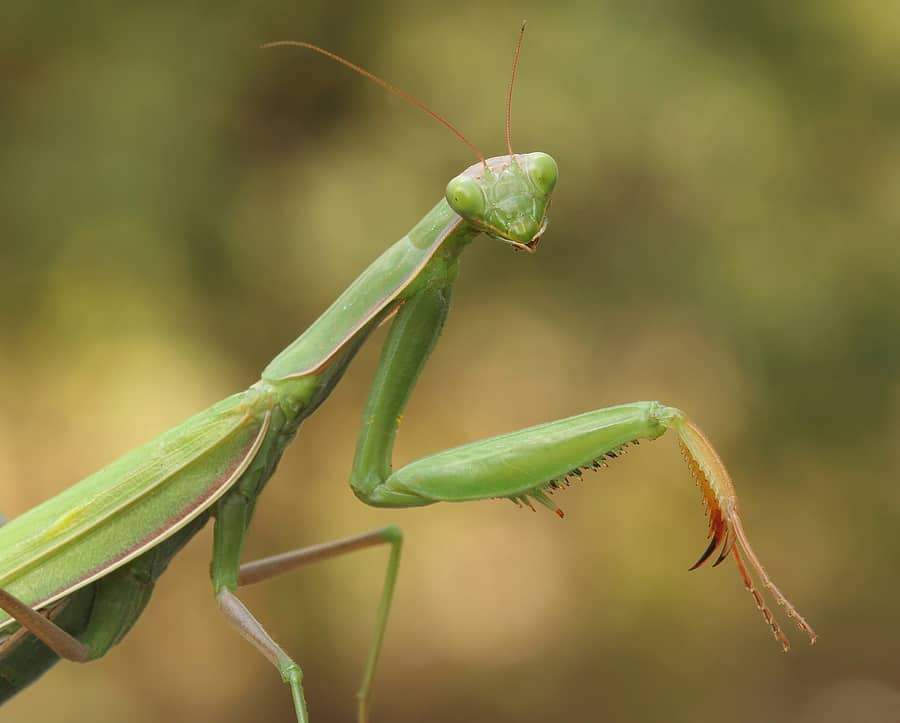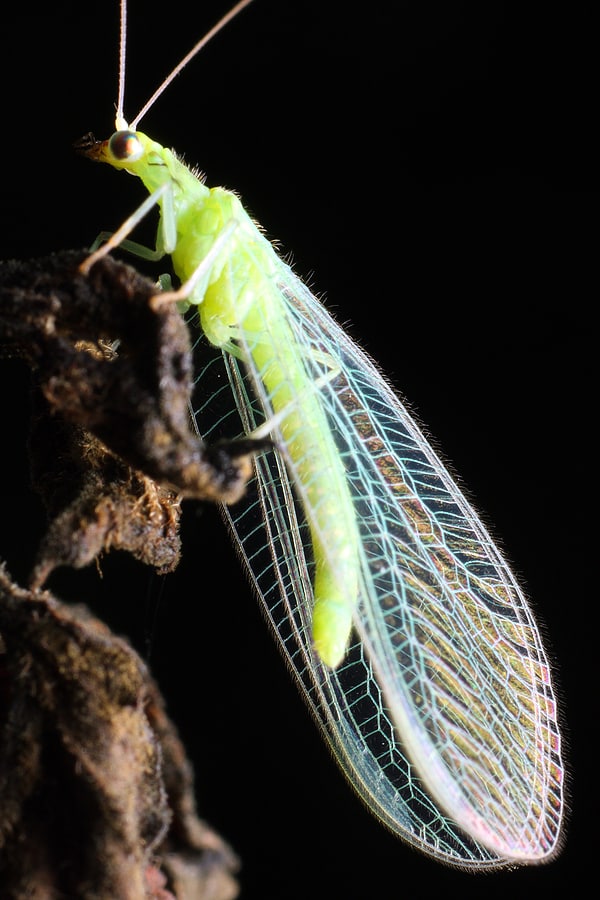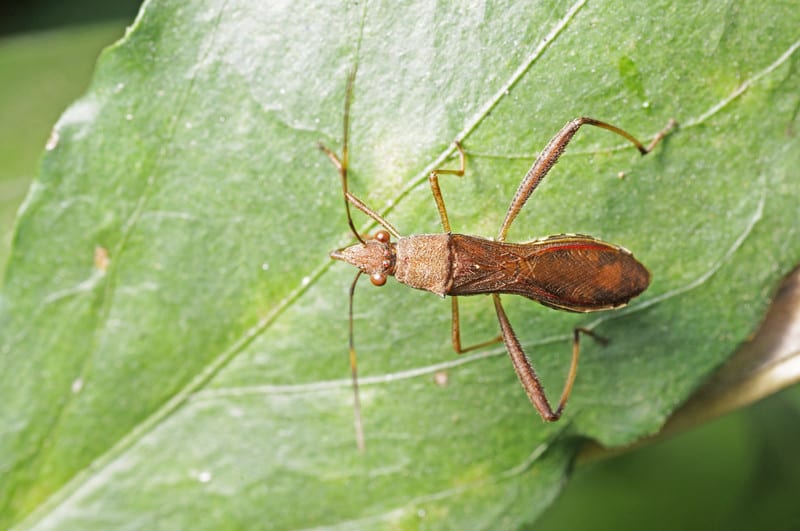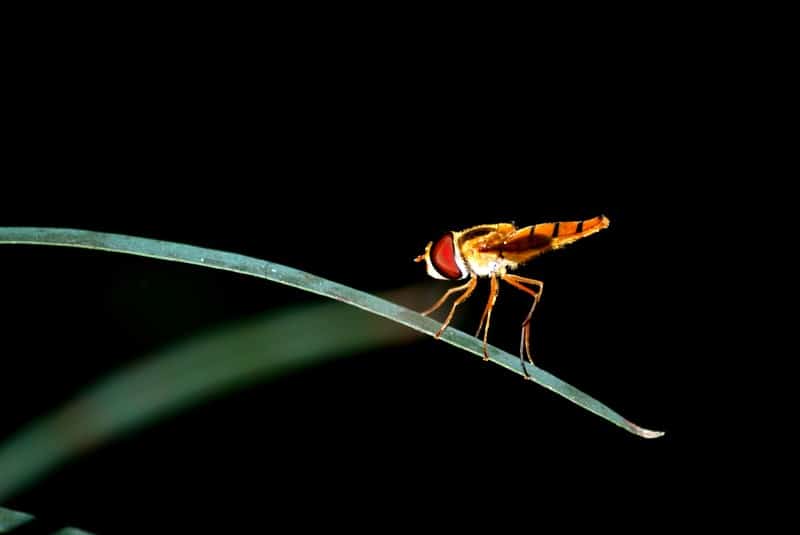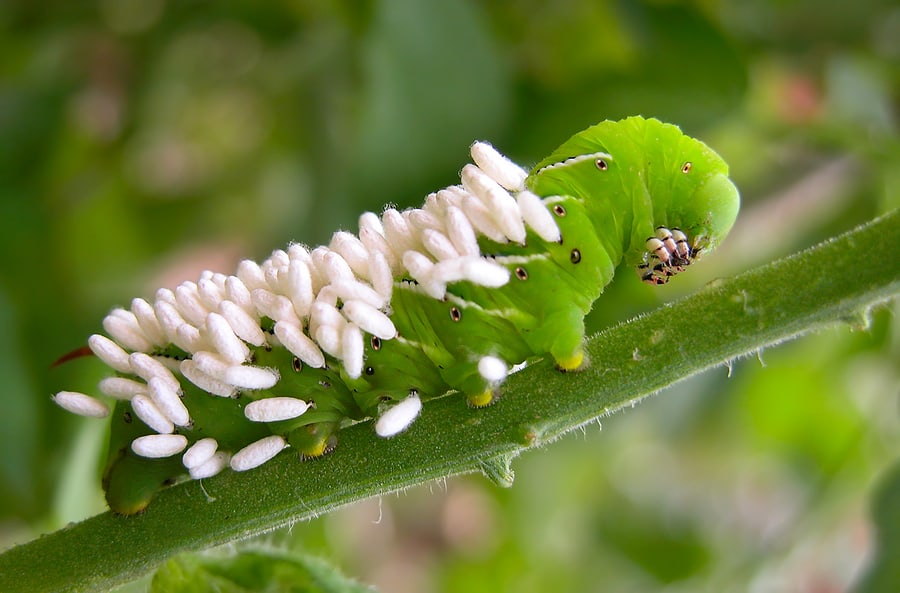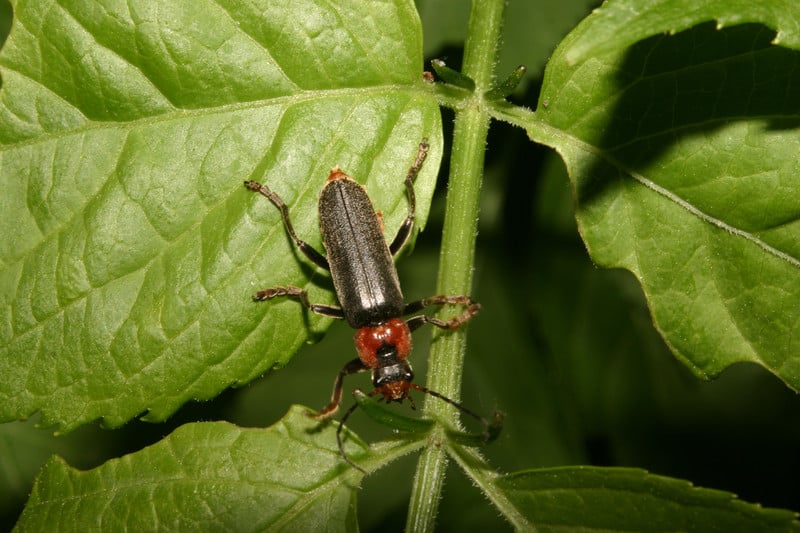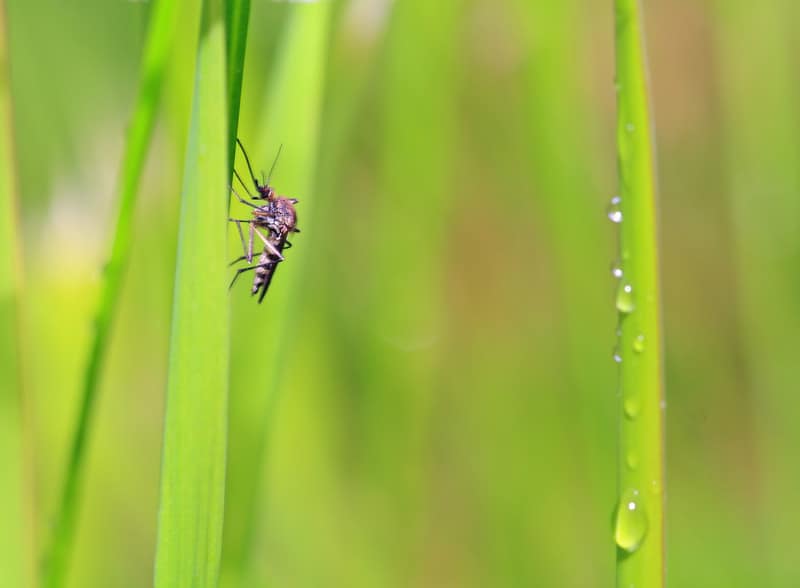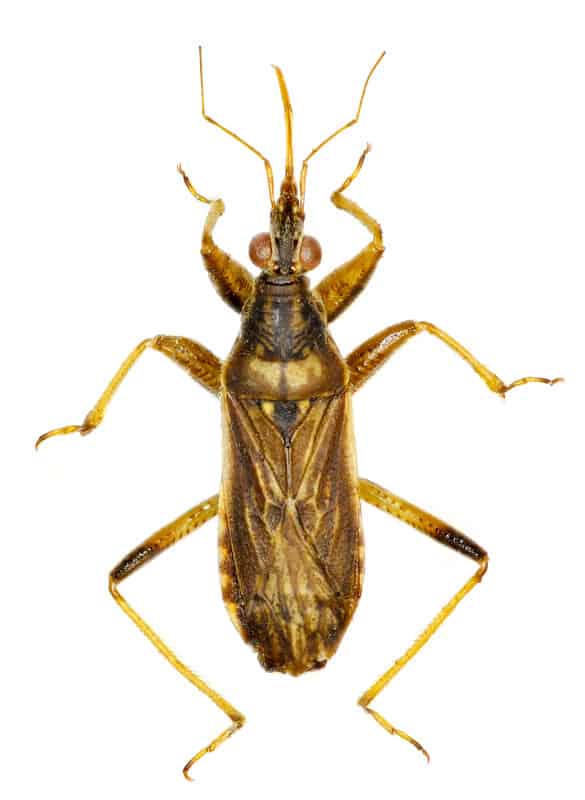Beneficial Insects
Latest stories
More stories
-
Ground Beetle Beneficial Insect
Ground beetles are beneficial insects. Adult ground beetles and their larvae eat asparagus beetles, caterpillars, Colorado potato beetles, corn earworms, cutworms, cabbage root maggots, Gypsy moth larvae, slugs, snails, squash vine borers, and tobacco budworms. A single ground beetle larva can eat more than 50 caterpillars. Adults hunt their prey in the soil and on […] More
-
Tiger Beetle Beneficial Insect
The tiger beetle is usually a beneficial insect. It eats pest insects including ants, caterpillars, flies, grasshopper nymphs, and spiders. But sometimes tiger beetles eat their own and some other beneficial insects. Tiger beetles are closely related to ground beetles, also beneficial insects, but unlike the ground beetle, the head of a tiger beetle is […] More
-
Rove Beetle Beneficial Insect
The rove beetle is a beneficial insect. Adult and larvae rove beetles eat soft-bodied pest insects including the eggs and larvae of aphids, mites, and mealybugs. They also eat nematodes, cabbage maggots, caterpillars, grubs, fly maggots and pupae, and the larvae of root maggots. Rove beetles eat rotting vegetation and insects that feed on the […] More
-
Ladybug Beneficial Insect
Ladybugs are beneficial insects. Ladybugs are also known as lady beetles. Adult and young ladybugs also eat asparagus beetle larvae, Colorado potato beetle larvae, lace bugs, mealybugs, Mexican bean beetle larvae, scale, spider mites, whiteflies, and the eggs of several insects. One ladybug can eat 5,000 pest aphids in its lifetime. The ladybug is also […] More
-
Praying Mantid Beneficial Insect
Praying mantids (plural praying mantis) are mostly beneficial insects. Praying mantids eat aphids, asparagus beetles, caterpillars, Colorado potato beetles, earwigs, leafhoppers, Mexican bean beetles, and squash bugs. Praying mantids also eat beneficial insects, butterflies, and bees. The praying mantid is a beneficial insect sometimes known as the “destroyer of other insects.” Praying mantises eat an […] More
-
Green Lacewing Beneficial Insect
Green lacewings are beneficial insects. Adult lacewings feed on nectar, pollen, and aphid honeydew. Young, larvae lacewings feed on the eggs and immature stages of many soft-bodied insect pests including aphids, asparagus beetle larvae, caterpillar eggs and young caterpillars, Colorado potato beetle larvae, spider mites, thrips, whiteflies, leafhoppers, and the eggs of pest moths and […] More
-
Assassin Bug Beneficial Insect
Assassin bugs are beneficial insects. There are hundreds of species of assassin bugs. Assassin bugs feed on aphids, cabbage worms, Colorado potato beetles, cucumber beetles, cutworms, earwigs, Japanese beetles, lace bugs, Mexican bean beetles, tobacco budworms, tomato hornworms, and many other caterpillars. Assassin bugs are best observed than handled. An assassin bug will attack the […] More
-
Big-Eyed Bug Beneficial Insect
The big-eyed bug is a beneficial insect. The adult big-eyed bug and the big-eyed larva eat garden pests including aphids, cabbage loopers, caterpillars, chinch bugs, flea beetles, leafhoppers, Mexican bean beetles, spider mites, thrips, whiteflies, and the eggs of aphids, corn earworms, and mites. Big-eyed bugs are common in Western North America. Scientific name: Genus […] More
-
Parasitic Wasps Beneficial Insects
Parasitic wasps are small, even minute, mini-wasps that control pests including many garden pests. Parasitic wasps kill their hosts by feeding on them. Pests controlled by parasitic wasps include aphids, beetles, caterpillars, flies, sawflies, and scale insects. Notable parasitic wasps are the Braconid wasp, the Chalcid wasp, the Ichneumon wasp, and the Trichogramma wasp. Parasitic […] More
-
Soldier Beetle Beneficial Insect
The soldier beetle is a beneficial insect. A second common name for the soldier beetle is leatherwings. Both adult and especially larvae soldier beetles are voracious eaters preying on insect pests including cucumber beetles, corn rootworms, aphids, grasshopper eggs, caterpillars, and beetle larvae. Soldier beetles are found throughout North America. There are numerous species. Soldier […] More
-
Aphid Midge Beneficial Insect
The aphid midge is a beneficial insect. Aphid midge larvae eat aphids; one larva can eat as many as 65 aphids in a day. Aphid midge larvae inject a paralyzing toxin into aphids and then suck the body contents from the stricken insects. They are more voracious feeders than ladybugs and lacewings which also feed […] More
-
Damsel Bug Beneficial Insect
The damsel bug is a beneficial insect. Damsel bugs prey on aphids, leafhoppers, plant bugs, thrips, and small caterpillars. Damsel bugs cause no damage to plants. Several species of damsel bugs are found throughout North America. Scientific name: Family Nabidae How to identify damsel bug Adult damsel bugs are dull gray or brown and have […] More

